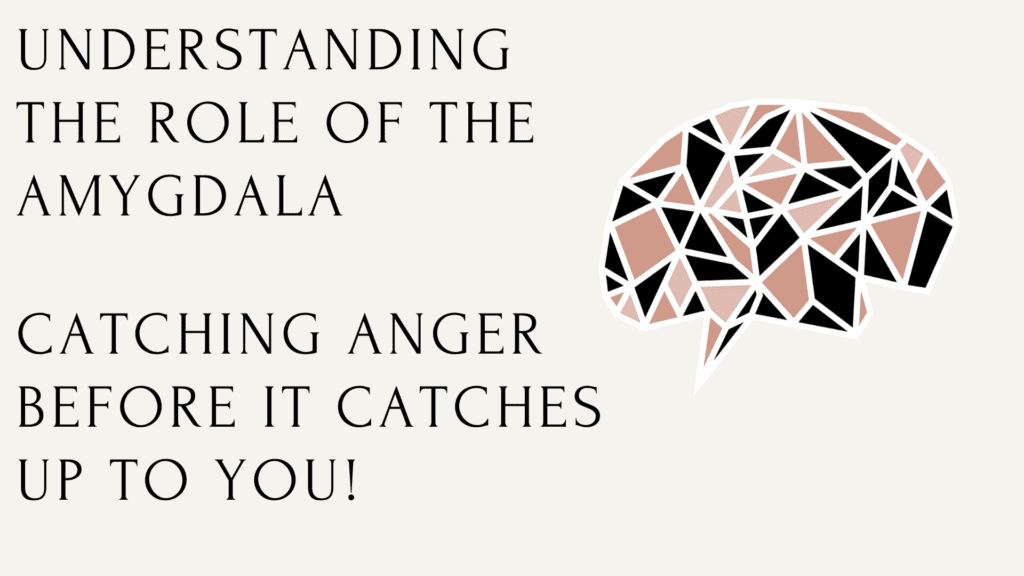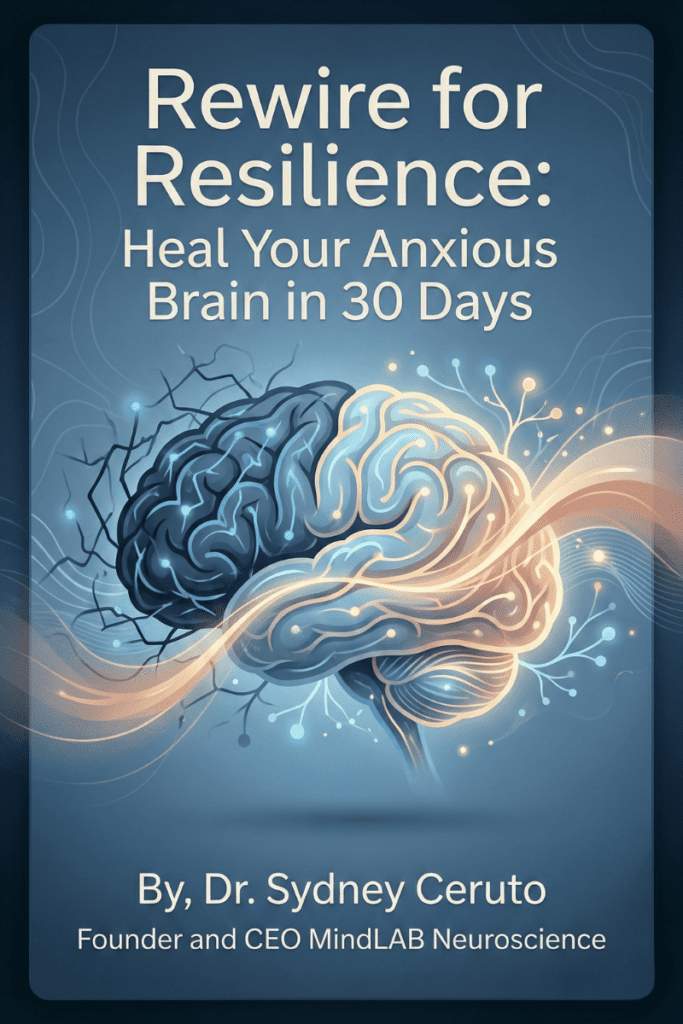🎧 Audio Version
The Intricate Connection
The relationship between anger and the amygdala is a fascinating area of neuroscience. The amygdala, a small almond-shaped cluster of nuclei located deep within the temporal lobes of the brain, plays a crucial role in processing emotions, particularly fear and rage. This blog explores how the amygdala influences fury and the implications of this connection for emotional regulation and mental health.
Understanding the Amygdala
The amygdala is part of the limbic system, which is responsible for emotional responses. It helps process sensory information and triggers appropriate emotional reactions. When it comes to agitation, the amygdala acts as a sentinel, quickly assessing threats and initiating a fight-or-flight response. This response is crucial for survival, enabling quick reactions to potential threats.
The Role of the Amygdala in Rage
When the brain perceives a threat, the amygdala is activated. This activation can lead to the release of stress hormones like adrenaline and cortisol, preparing the body to respond. In situations where the threat is perceived as severe, this can result in intense hostility or aggression. Understanding this process helps in managing irritation more effectively.
Amygdala Hijack: When Emotions Take Over
The term “amygdala hijack” refers to situations where the amygdala overrides the rational part of the brain, the prefrontal cortex. This can lead to impulsive reactions and intense emotional outbursts. Recognizing the signs of an amygdala hijack can help individuals take steps to calm down and regain control.

The Science Behind Vexation and the Amygdala
Research has shown that the amygdala is involved in various emotional processes. It evaluates sensory information and assigns emotional significance to stimuli, such as valence (positive or negative), intensity, and approachability. The amygdala also participates in the regulation of autonomic and endocrine functions, decision-making, and adaptations of instinctive behaviors to changes in the environment through implicit associative learning and changes in synaptic plasticity.
Neuroplasticity and Anger Management
Neuroplasticity, the brain’s ability to reorganize itself by forming new neural connections, plays a significant role in managing extreme frustration. By leveraging neuroplasticity, individuals can change how their brain responds to irritating triggers. This involves creating new neural pathways that promote calm and constructive responses.
Neuroplasticity Training
This approach focuses on rewiring the brain through targeted exercises and practices. By repeatedly engaging in positive behaviors and thought patterns, the brain’s neural pathways can be reshaped, reducing the amygdala’s reactivity to anger triggers. The concept of “neurons that fire together wire together” is central to this technique, emphasizing the importance of repetition in forming new, healthier neural connections.
Mindfulness and Meditation
Neuroscientific research supports that mindfulness and meditation can significantly reduce amygdala activity. These practices enhance the brain’s ability to regulate emotions by strengthening the neural pathways between the prefrontal cortex and the amygdala, promoting a state of calm and reducing impulsive reactions.
Repetitive Positive Visualization
This technique involves visualizing positive outcomes and responses in situations that typically trigger anger. By consistently practicing these visualizations, individuals can create new neural pathways that favor calm and constructive responses, effectively rewiring the brain for better emotional regulation.
Deep Breathing Exercises
Deep, controlled breathing can activate the parasympathetic nervous system, which helps calm the amygdala. Regular practice of deep breathing exercises can strengthen the neural pathways associated with relaxation and stress reduction, making it easier to manage anger in the long term.
Brain Impact
Chronic anger can lead to prolonged amygdala activation, which may result in negative health outcomes such as increased risk of cardiovascular diseases and mental health disorders. Studies have shown that chronic anger can alter the structure and function of the amygdala, leading to heightened sensitivity to stress and emotional stimuli. Understanding the long-term effects of anger underscores the importance of effective anger management strategies.
The Role of the Prefrontal Cortex
The prefrontal cortex (PFC) plays a crucial role in regulating emotions and controlling impulses. It works in tandem with the amygdala to manage emotional responses. When the PFC is functioning well, it can inhibit the amygdala’s response, preventing impulsive reactions. Strengthening the PFC through practices like mindfulness and cognitive exercises can improve emotional regulation and reduce the likelihood of amygdala hijack.

Strategies for Managing Anger
Managing anger involves neuroscience-based techniques that help regulate the amygdala’s response by leveraging principles of neuroplasticity and changing neural pathways. These include:
- Neuroplasticity Training: This approach focuses on rewiring the brain through targeted exercises and practices. By repeatedly engaging in positive behaviors and thought patterns, the brain’s neural pathways can be reshaped, reducing the amygdala’s reactivity to anger triggers. The concept of “neurons that fire together wire together” is central to this technique, emphasizing the importance of repetition in forming new, healthier neural connections.
- Mindfulness and Meditation: Neuroscientific research supports that mindfulness and meditation can significantly reduce amygdala activity. These practices enhance the brain’s ability to regulate emotions by strengthening the neural pathways between the prefrontal cortex and the amygdala, promoting a state of calm and reducing impulsive reactions.
- Repetitive Positive Visualization: This technique involves visualizing positive outcomes and responses in situations that typically trigger anger. By consistently practicing these visualizations, individuals can create new neural pathways that favor calm and constructive responses over anger, effectively rewiring the brain for better emotional regulation.
- Deep Breathing Exercises: Deep, controlled breathing can activate the parasympathetic nervous system, which helps calm the amygdala. Regular practice of deep breathing exercises can strengthen the neural pathways associated with relaxation and stress reduction, making it easier to manage anger in the long term.
Harnessing Neuroplasticity for Long-Term Emotional Health
Repetition is key to leveraging neuroplasticity for anger management. Consistently practicing these techniques helps reinforce new neural pathways, making it easier to regulate emotional responses over time. The more these practices are integrated into daily life, the more effective they become in managing anger.
A Path to Better Emotional Regulation
The connection between anger and the amygdala highlights the importance of understanding our emotional responses. By learning how the amygdala influences anger, individuals can develop better strategies for managing their emotions and improving their overall mental health. Leveraging principles of neuroplasticity and consistently practicing neuroscience-based techniques can help rewire the brain for better emotional regulation, reducing the impact of anger on both mental and physical health.





